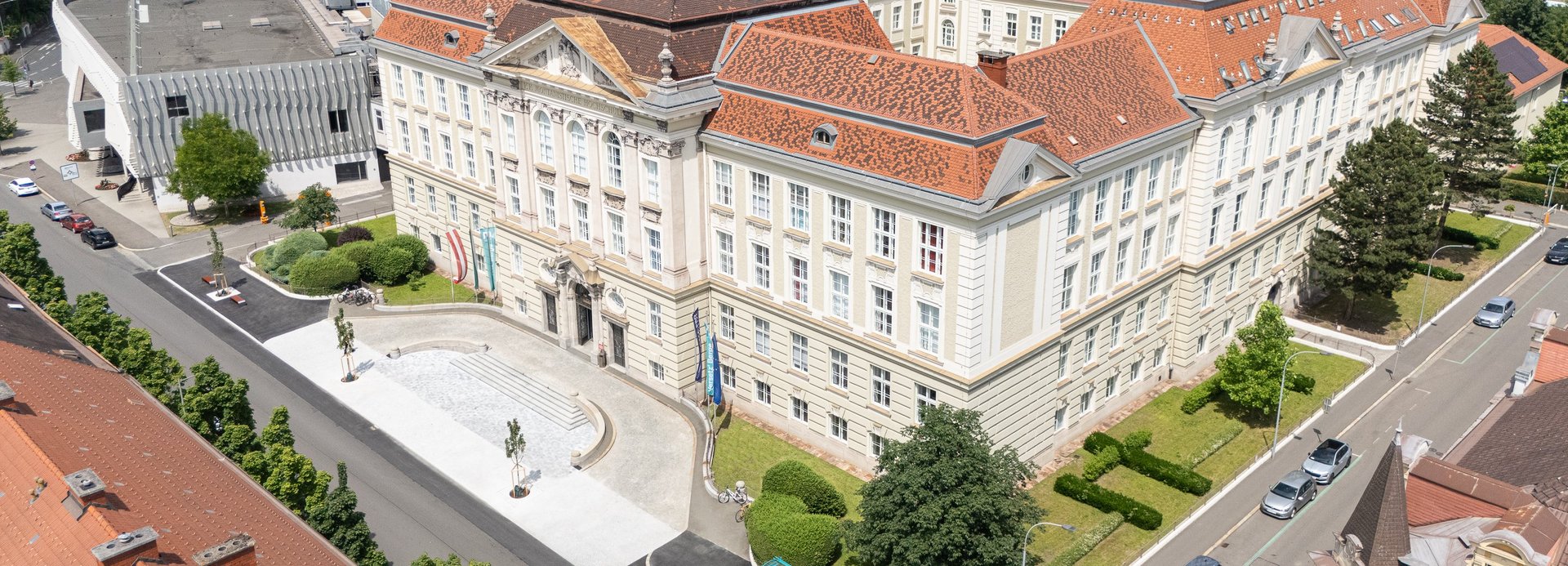Our study "Molecules on rails: friction anisotropy and preferential sliding directions of organic nanocrystallites on two-dimensional materials" applies combined atomic force microscopy based nanomanipulation and numerical simulations to reveal how a unique epitaxial interface between organic nanostructures and 2D materials gives rise to high friction anisotropy that governs the nanomechanics of the sliding organic nanostructures. We observe high friction states that act as rails for the organic nanostructures, and once "locked" in a such state organic naostructure requires much more energy for rotation out of the state than for the translation along the given direction. As a consequence, the nanostructures appear as if they are sliding along these "invisible rails" regardless of the direction in which they are pushed.
Abstract:
Two-dimensional (2D) materials are envisaged as ultra-thin solid lubricants for nanomechanical systems. So far, their frictional properties at the nanoscale have been studied by standard friction force microscopy. However, lateral manipulation of nanoparticles is a more suitable method to study the dependence of friction on the crystallography of two contacting surfaces. Still, such experiments are lacking. In this study, we combine atomic force microscopy (AFM) based lateral manipulation and molecular dynamics simulations in order to investigate the movements of organic needle-like nanocrystallites grown by van der Waals epitaxy on graphene and hexagonal boron nitride. We observe that nanoneedle fragments – when pushed by an AFM tip – do not move along the original pushing directions. Instead, they slide on the 2D materials preferentially along the needles’ growth directions, which act as invisible rails along commensurate directions. Further, when the nanocrystallites were rotated by applying a torque with the AFM tip across the preferential sliding directions, we find an increase of the torsional signal of the AFM cantilever. We demonstrate in conjunction with simulations that both, the significant friction anisotropy and preferential sliding directions are determined by the complex epitaxial relation and arise from the commensurate and incommensurate states between the organic nanocrystallites and the 2D materials.
Link to article: https://pubs.rsc.org/en/content/articlelanding/2018/nr/c8nr04865g/
